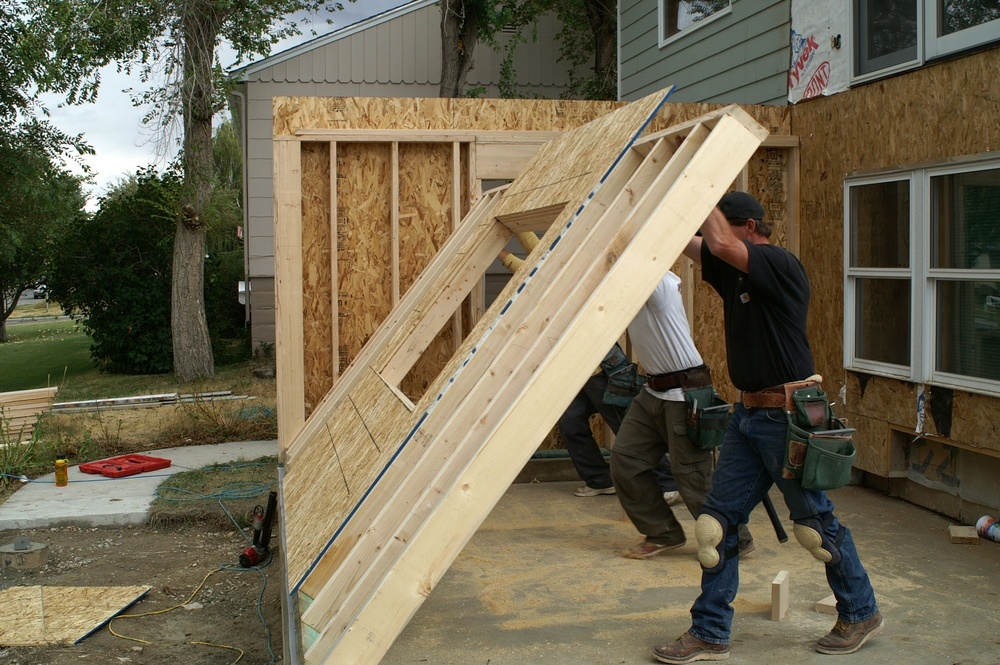 Decades ago, wallpaper was a very popular choice with homeowners, but over time, it started to fade out of favor. Many people felt like wallpaper was too difficult to use and even harder to remove, which led to many houses having rooms where the walls were covered in layer upon layer of wallpaper because it was easier to cover it up than to remove it. But wallpaper has improved a lot over the years and is now much easier to work with and easier to take down without damaging your walls. Recently, homeowners have started to take notice of how far wallpaper has come and wallpaper has started to regain popularity again.
Decades ago, wallpaper was a very popular choice with homeowners, but over time, it started to fade out of favor. Many people felt like wallpaper was too difficult to use and even harder to remove, which led to many houses having rooms where the walls were covered in layer upon layer of wallpaper because it was easier to cover it up than to remove it. But wallpaper has improved a lot over the years and is now much easier to work with and easier to take down without damaging your walls. Recently, homeowners have started to take notice of how far wallpaper has come and wallpaper has started to regain popularity again.
Nowadays, wallpaper also comes in a great variety of prints that can add a very stylish look to a room without the hassle of stenciling a pattern onto the wall and painting it yourself (or paying someone else to do it for you.) Modern wallpaper is also available in many different textures, which can be an easy of adding some luxurious-looking touches to your home without having to spend as much money. For example, there are wallpapers that mimic the look of wainscoting and Victorian-era style tin ceiling tiles. As an added bonus, wallpaper tends to be more forgiving if applied on flawed walls, so you won’t have to spend so much time trying to patch up holes and dings like you would if you were painting.
Like the idea of using wallpaper around your home, but don’t want to commit to covering an entire room with it? Start small! Wallpapering one wall of a room as an accent wall is a great way to start, especially if you like a wallpaper with a bold, vibrant print. You could also try experimenting with wallpaper in a small, less frequently used space like a laundry room. Some people even like to use wallpaper on their ceilings!
Wallpaper can also be used in very small areas such as on the backs of cabinets and shelves to add just a little extra visual interest. Do you have a room with crown molding on the walls? You could try applying wallpaper inside that molding so that the molding acts like a frame for the wallpaper. If you have stairs in your home, wallpaper could also be applied to the risers of your stairs. Using wallpaper in any of these ways will help add a pop of color or a nice print to a room without it being overwhelming.
While it’s absolutely possible to wallpaper an entire room and have it look chic and stylish, it seems like the modern trend for wallpaper is to use it in moderation. Wallpaper is definitely not at what it used to be, so if you’re planning on giving some rooms in your house a facelift, a little bit of wallpaper could be just what you’re looking for!









